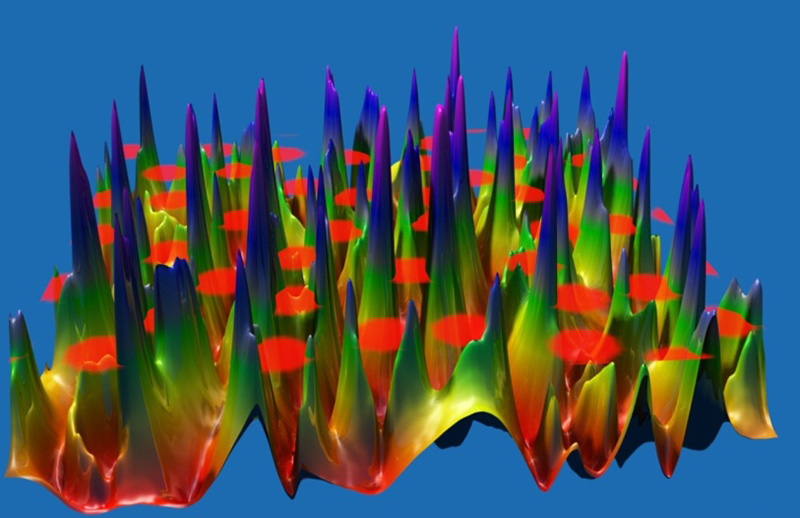A Promising Alternative to Traditional Photovoltaic Materials
Transparent conductors are essential to many thin-film photovoltaic (PV) applications but also to liquid-crystal display (LCD) and touch-sensitive displays that we use daily on mobile phones, computer tablet pads, and other touch screens. NREL researchers demonstrated a new conductor that uses arrays of nanosized holes in thin films of silver. While normally highly reflective, the thin films are perforated with nanosized holes, which provides them with a far more extensive transparency than merely the area of the holes.
Why it Matters
Scientists have been searching for an alternative transparent conductor for thin-film PVs and LCD screen applications. Although several candidates such as carbon nanotubes and graphene layers have been identified, NREL researchers have discovered another option. The new conductors show a transmission over 2.5 times larger than the physical area of the nanoholes and orders of magnitude larger than what is expected from classical diffraction of light on the holes.
Methods
The new transparent conductors are fabricated using a nanosphere lithography method that deposits latex nanoparticles (a low-cost component of paints), with sizes varying from 50 nm diameter to 100s of nanometers, from solution on a substrate such as glass. The density of the particles is easily controlled using the concentration of sodium chloride salt in the deposition solution. The particles then distribute by quickly dipping the samples in boiling pure water, which redistributes the particles to be equidistant from each other. Finally, a metal such as silver is deposited over these spheres, which are removed with a solvent that yields an array of holes in a metal electrode. Similar to ITO electrodes, these nanohole substrates can then be used to fabricate a solar cell without any changes to subsequent processing.
The technology’s extraordinary transmission capability is attributed to surface plasmons, which provide an antenna that pulls in more light than the area of the holes on one side and re-emits it on the other. These plasmons also enhance the interaction of light with the optical absorber in a solar cell, providing another way to increase the PV efficiency of such a cell.
What’s Next
NREL has applied for a patent and also discussed the technology with interested partners. Additionally, researchers are studying plasmon activity of the nanohole electrodes in novel third-generation solar cell concepts. Results of these interactions could show great promise in breaking traditional limits of solar cell efficiency.
Acknowledgments
This work was led by NREL researchers Jao van de Lagemaat, Thomas Reilly, and Rob Tenent.
Publications
Morfa AJ, TH Reilly, JC Johnson, and J van de Lagemaat. 2009. “Plasmons in Solar Energy Conversion.” SPIE Newsroom.
Reilly TH, RC Tenent, TM Barnes, KL Rowlen, and J van de Lagemaat. 2010. “Controlling the Optical Properties of Plasmonic Disordered Nanohole Silver Films.” Acs Nano 615:4.
Reilly TH, J van de Lagemaat, R Tenent, AJ Morfa, and KL Rowlen. 2008. “Surface-Plasmon Enhanced Transparent Electrodes in Organic Photovoltaics.” Applied Physics Letters 243304:92.


